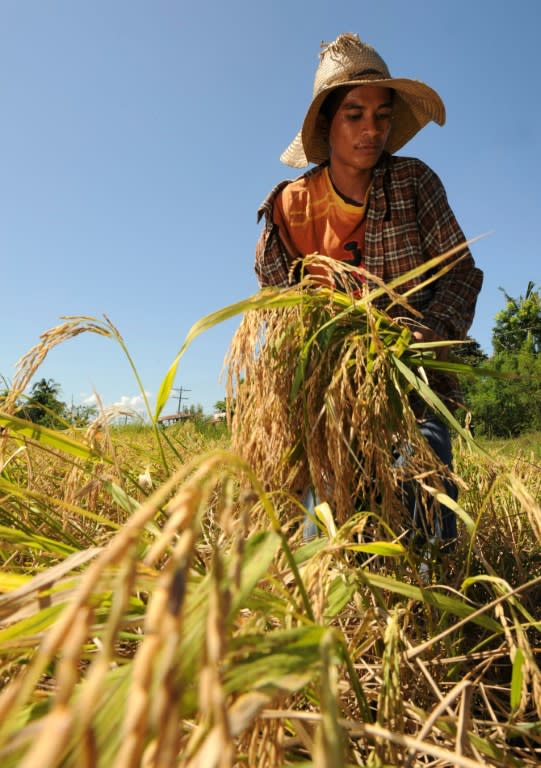El Nino-spawned dry spell to hit Philippine food production
The Philippines is facing an El Nino-spawned dry spell that will cut rainfall by as much as 80 percent and hit food production, a government weather forecaster warned Monday. "There will be many places that we expect to have below normal rainfall as early as August," warned Anthony Lucero, head of the climate monitoring and weather prediction division of the government weather station. Most places in the Philippines are expected to have 'below normal' to 'way below normal' rainfall due to El Nino, he said, defining this as meaning a 60 to 80 percent drop in rainfall. The Philippines normally gets between 2,000 to 4,000 millimetres (79-157 inches) of rain a year. "El Nino" refers to the abnormal warming of surface ocean waters in the eastern tropical sections of the Pacific Ocean every three to five years. The phenomenon, which the weather service said it began observing last December, usually leads to drier than average conditions in affected countries. The southern island of Mindanao, where large areas are still dependent on agriculture, will likely be the worst hit by the dry spell, Lucero said. The production of rice, the country's staple food, will be affected as will generation of hydroelectric power which accounts for about 10 percent of the country's electricity requirements, Lucero said. The Philippines has already been suffering a dry spell since December and many reservoirs are near critically low levels. The Department of Agriculture, in a report on the lack of rain, said that almost 66,000 farmers would be affected with production losses of 2.168 billion pesos ($48.18 million). The department is conducting cloud-seeding while distributing more water pumps to tap rivers and groundwater sources. Agriculture accounts for about 11 percent of the economy but employs about 37 percent of the country's labour force. Australian scientists in May forecast a "substantial" El Nino for this year, potentially spelling deadly and costly climate extremes, after officially declaring its onset in the tropical Pacific.



